
The WNBA had its inaugural season in 1997, starting with 8 teams and a season of 28 games. In the first few years, the Houston Comets dominated the league with the original Big 3 of Cynthia Cooper, Tina Thompson and Sheryl Swoopes.
They won the first 4 WNBA titles, kicking off the league with a full-fledged dynasty. Cynthia Cooper was the league's first dominant guard, winning its first 2 MVPs back-to-back, then 4 Finals MVPs in a row before retiring in 2000.
She joined the league at age 34, so one can only imagine the type of impact she could have had if the league were founded sooner. Even with her brief WNBA career, she has a very strong statistical case as the GOAT of the WNBA.
Sheryl Swoopes picked up the team when Cooper retired, winning 3 MVPs herself, though she was unable to lead the team to another title. By the end of this era, the league had grown to 16 teams and a 30 game schedule.
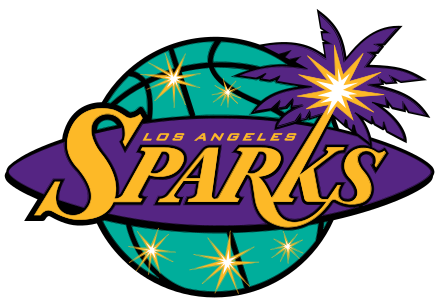
The Los Angeles Sparks were a team on the rise beginning in 1997 with the acquisition of WNBA icon and center Lisa Leslie. After losing in consecutive playoffs to Houston in 1999 and 2000, the Sparks finally overcame the Comets in 2001. This would lead to the first of their back-to-back championships.
The Sparks remained in title contention throughout the remainder of Lisa Leslie's prime: she won MVPs in 2001, 2004 and 2006. Also part of Leslie's significant impact on the game, in 2002 she became the first woman to throw down a dunk mid-game.

In the Sparks' bid for a three-peat, they came across the newly ascendant Detroit Shock in 2003. The previous year, the Shock held a 9-23 record which was the worst in the WNBA. After completely turning over the roster, the Shock dominated the regular reason en route to a 25-9 record.
In that first playoff run, they'd knock off the Cleveland Rockers, the Connecticut Sun, and ultimately dethrone the LA Sparks. The immediate success proved hard to sustain though. Over the next two years, the team posted mediocre records and was bounced early from the playoffs.
The Shock's resilience became clear though, as from 2006 - 2008, the team won another two championships. Known for their cohesive team style of play, the Shock never had a single regular season MVP during this championship run. At the end of this 7 year stretch, the team relocated to Tulsa, simultaneously bringing an end to their championship contention.
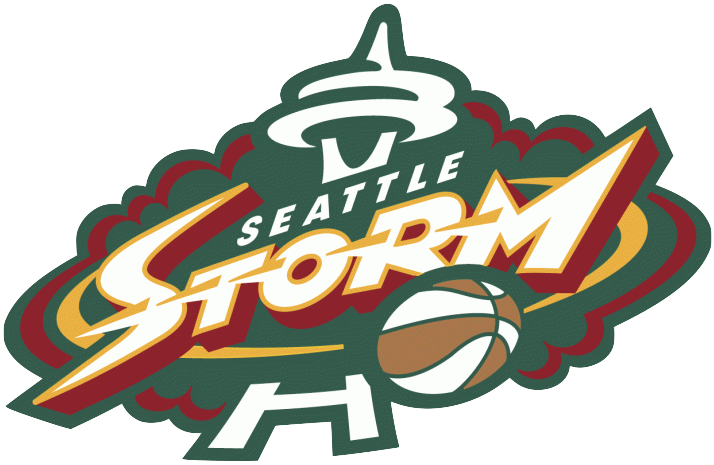
The start of the Seattle Storm franchise was rocky, but it led to back-to-back No. 1 draft picks in Lauren Jackson and Sue Bird. Lauren Jackson, a basketball prodigy from Australia, would go on to win 3 MVP trophies and 2 championships with the team. The tandem of Bird and Jackson kept the team perennially in contention, leading to some ground-breaking seasons.
Their first championship in 2004 would make Anne Donovan the first female head coach in WNBA history to win the title. And their second championship run in 2010 would lead to unparalleled team milestones: a perfect 17-0 regular season home record and 3 consecutive sweeps in the playoffs leading to the trophy.

For years, the Sacramento Monarchs had an MVP caliber player and prolific scorer in Yolanda Griffith. The team was overshadowed, however, by the success of the Comets and Sparks in the league's early years. A series of moves designed to bring in help for Griffith led to an ascendant and memorable championship run in 2005.
Ripping through the regular season with a 25-9 record, the team swept the Swoopes-led Comets and Leslie-led Sparks. In the league's first 5-game format championship series, they beat the Connecticut Sun 3-1. The following year, the Monarchs would once again make it back to the Finals, falling 3-2 in a close series with the Shock.

The selection of Diana Taurasi in the 2004 WNBA draft was a franchise-altering move that had nearly immediate returns for the Phoenix Mercury. By 2006, Taurasi, an incredible scorer and distributor, ascended to score a then-record 47 points in game. The same year, she set per game scoring record (25.3 ppg) which still stands.
Team success would come the following year as Taurasi, along with co-stars Cappie Pondexter and Penny Taylor, would lead the team to a 23 - 11 regular season record and Phoenix's first title. The following year would be a fall from grace with the defending champs failing to qualify for the playoffs. This only provided fuel for the fire in 2009, when the same trio led Phoenix back to another Finals victory.
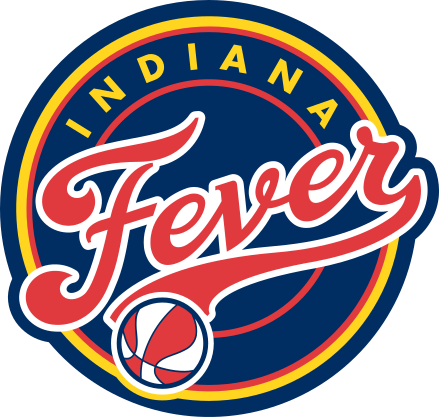
From 2011 to 2017, there was a smattering of teams that captured a single championship. The first of these was the Indiana Fever in 2012. At the time, Fever star Tamika Catchings had built an impressive resume: Rookie of the Year, MVP, multiple Defensive Player of the Year, All-WNBA and All-Star honors. In 2009, the Fever made the Finals but had lost narrowly to the Mercury.
In 2012, they fought their way to the Finals, first defeating Eastern Conference champs the Connecticut Sun. In the Finals they took down a tough Minnesota Lynx team, putting the final accomplishing touch on Catchings' illustrious career.

A couple years later in 2014, Diana Taurasi and newly drafted center Brittney Griner transcended the regular season into a WNBA record 29 wins. During this season, Taurasi reached the top-10 career list for assists and became fifth all time in points. She also won her second Finals and second Finals MVP after defeating Elena Delle Donne and the Chicago Sky.
Emblematic of the WNBA's difficulty to provide sufficient financial incentives during this era, Taurasi would sit out the following season at the request of her Russian Premier League (RPL) team. At the time, she made 100K in the WNBA, but 1.5M with the RPL. Because of these obvious incentives, she played in the RPL from 2005 to 2017.
Even today, the RPL is consistently able to draw talent from the U.S. to play overseas with better contracts and a more professional league structure. That dynamic is beginning to wane with a stronger WNBA and the new CBA signed for 2020. The WNBA is still fighting for professional guarantees on-par with premier women's leagues like the RPL and of course, men's leagues like the NBA. In-roads are being made, but the process has proven difficult and slow.

The third single-championship team in this 2011 - 2017 era was the Los Angeles Sparks. Their return to championship glory started with Nneka Ogwumike's 2016 regular season MVP. A former 1st overall pick, in 2016 Nneka set the professional basketball record for true shooting percentage in a season: 73.7% (!). The Sparks that year won a best of 5 series against the Lynx that came down to the wire. Nneka grabbed an offensive board and put up the game-winning shot with a mere 3 seconds left.
In 2019, her sister and fellow All-Star Chiney Ogwumike would join the Sparks, helping lead the team back to the best record in the West and title contention. We'll see if they can continue the upward trajectory when the 2020 season begins.
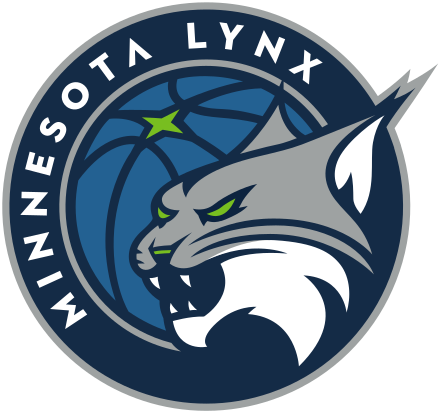
Overshadowing the previous three teams was a the Minnesota Lynx dynasty. From 2011 to 2017, they made the Finals six times in seven years, winning four championships. This path to success begain with selection of small forward Maya Moore. In her college career at UConn, she led the team to a 150-4 record (!) and two straight 39-0 seasons culminating in NCAA championships.
Her first year in the WNBA, she would lead the Lynx straight to the Finals and clinch a championship. The next two years, Moore led the team back to the Finals, losing in 2012 to the Fever and winning again in 2013. In 2014, Maya had her best individual season winning the regular season MVP, but they fell to the Mercury in the Western Conference Finals.
Midway through the 2015 season, a trade would bring accomplished center Sylvia Fowles to the team. Fowles helped the team win their third championship, winning Finals MVP honors herself. 2016 was another dynamite regular season for the Lynx, ending in a 28-6 record. Nneka's prolific season overpowered the team, but the Lynx returned the favor the following year. Behind an impressive 2017 MVP season from Sylvia Fowles, the Lynx made it right back to the Finals, beating the Sparks in a 5 game series.
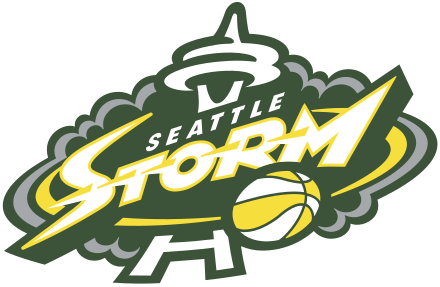
In 2018, the aging core of the Lynx would leave the postseason open again to contenders. In the East, the Seattle Storm ascended. With a mixture of veteran presence in Sue Bird and MVP-caliber play in Breanna Stewart, the Storm captured their 3rd franchise trophy.
Before joining the league, Stewart was immensely accomplished in the NCAA. Capturing 4 championships and winning 3 Player of the Year awards, Stewart is considered by many to be the GOAT of college basketball.
In the WNBA, she won both league MVP and Finals MVP in 2018, just two years after winning Rookie of the Year in 2016. Though she had to sit out the 2019 season due to injury, 2020 promises an exciting narrative and probable return to the top of the league for Stewart and the Storm.
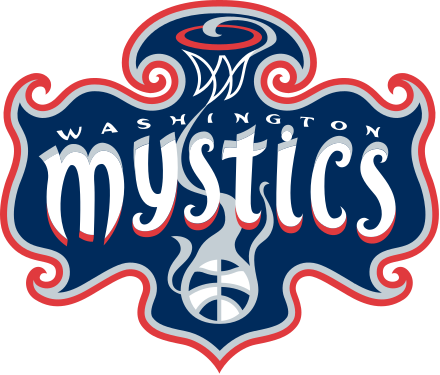
In the West, the Washington Mystics took up the mantle left by the Lynx, reaching the Finals in both 2018 and 2019. After acquiring superstar player Elena Delle Donne in 2017, the team has been on a straight shot upward. After their 2018 Finals defeat, the Mystics recommitted to their championship quest with an even stronger 2019 regular season, going 26-8. Elena Delle Donne became the first WNBA player to join the 50-40-90 club en route to her first regular season MVP.
In the playoffs, Delle Donne battled through a back injury to help her team win its first championship against a tenacious Connecticut Sun team also looking for its first championship. Fellow forward Emma Meesseman had an outstanding series, picking up her off-the-bench production and winning Finals MVP honors.
When the 2020 season returns, there should be substantial changes to the schedule. The number of games is planned to increase from 34 to 36, and a mid-season tournament called the Commissioner's Cup will begin. Most importantly, player compensation will increase over 50%: another step to bring the WNBA toward premier global status.
